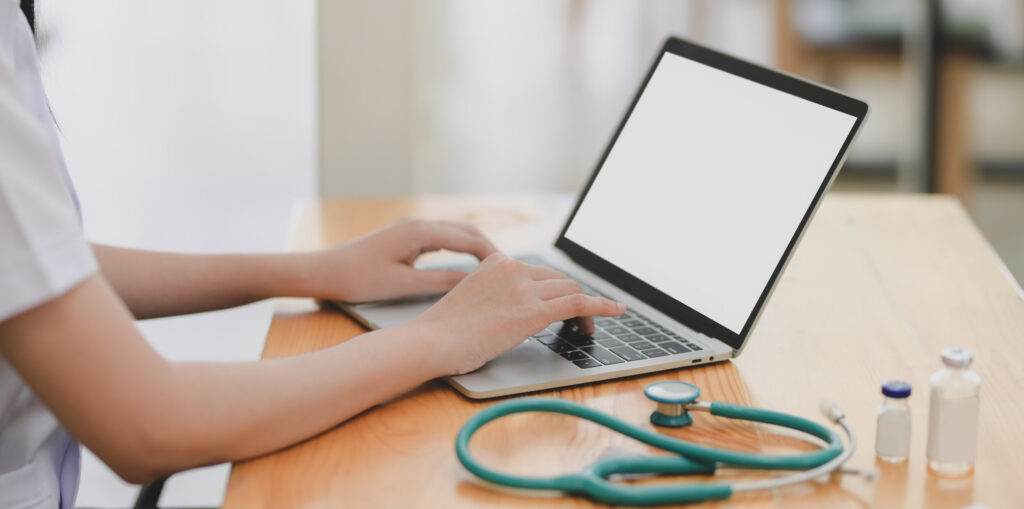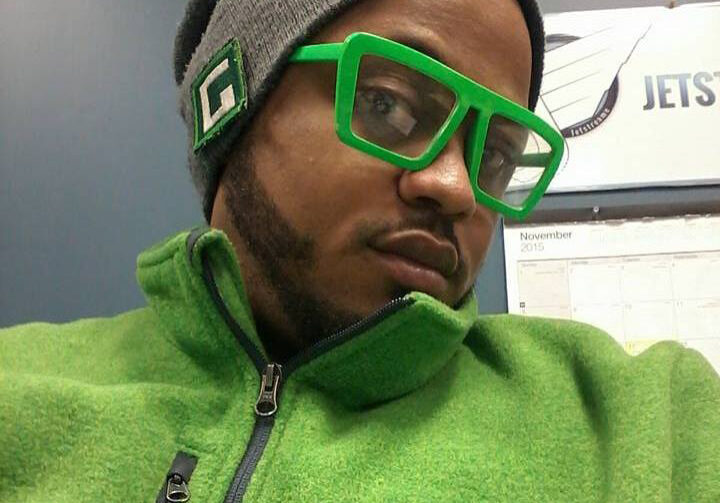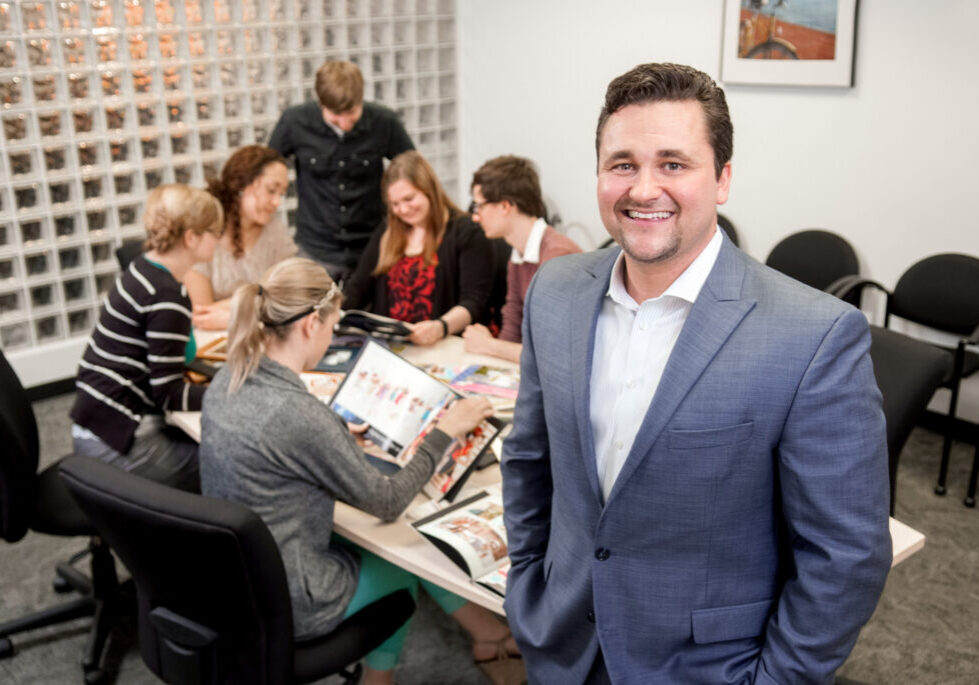Agility may have been 2019’s buzzword, but it’s 2020’s reality. In a volatile and uncertain environment, startups have to be agile to survive. And that’s precisely what Vishal Vasanji, co-founder and CEO of Relief Telemed, did.
Vasanji and his business partner had previously pivoted Relief Telemed, and they again listened to what people wanted, focused on core strengths and took quick action. “Instead of getting caught up in trying to maintain multiple service lines, let’s just have one service line and do it really, really well,” Vasanji recalls thinking, “because that’s overwhelmingly what people are asking for.”
When COVID-19 struck, Relief Telemed filled a dire need — and now they’re fulfilling major contracts. Here’s how.
Finding the Right Business Model
An effective business model must solve pain points for both clients and community partners. Relief Telemed started out as a telemedicine service but found that patients wanted to talk to their doctor, not a randomly available clinician. So they pivoted to becoming a platform where local patients could access doctors within the community. While this satisfied patient needs, clinicians weren’t making the same revenue from telemedicine as they did in person.
“We looked at models like Waitr or Uber where things are getting delivered at home, and somewhere along the line, a light bulb went off,” Vasanji says. “We realized that we can almost replicate the entire doctor’s visit experience — except doing it in somebody’s home or office.”
Embracing agility, Relief Telemed tested several business models before landing on the right one to solve pain points from both clients and community partners. And that positioned them for success during the pandemic shutdown.
Listening to Client Needs
With their final model in place, Relief Telemed was just about to launch officially when COVID-19 hit.
After waiting to see what would happen, Vasanji and his partner realized the virus wasn’t going away, so they adapted and became the first traveling COVID-19 testing clinic. “We are the perfect case study in listening to your customer,” Vasanji says. Because they went all-in on COVID-19 testing when they did, Relief Telemed cornered the market. “We didn’t put our foot in the door; we walked right through,” he says.
Business-to-business service models can provide faster growth for startups, but it takes more time to build a client base. “It takes time to form those relationships and close those deals,” Vasanji says. Before COVID-19, Relief Telemed had been attempting to scale on a business-to-consumer model. But with companies trying to return to work, Relief Telemed experienced high demand from employers who needed to have employees tested.
This rise in employee testing led to Relief Telemed’s most significant contract up to that point: testing all of LSU’s faculty — 24,000 people — before their return to campus for the fall semester. Since then, Vasanji has worked with a contact in Orange County, Calif., to license Relief Telemed’s software for use testing students in a school district.
Planning Beyond COVID-19
Evolving in response to client and community needs has put Relief Telemed in a position to scale their startup effectively. “We made the decision to change the trajectory of the company and became the go-to people for COVID testing in the state,” Vasanji says. “Once you get in, you’re in — as long as you deliver.”
Now that they’ve picked up several loyal clients, Vasanji and his team intend to continue building out their business based on client and community needs. They expect to see a surge in COVID-19 cases over the holidays and plan to continue offering testing as long as it’s needed.
Throughout 2021, Vasanji anticipates adding additional offerings, such as flu testing and vaccines, as well as COVID-19 vaccines once those enter the market. From there, Relief Telemed will adapt and expand according to their clients’ needs.




